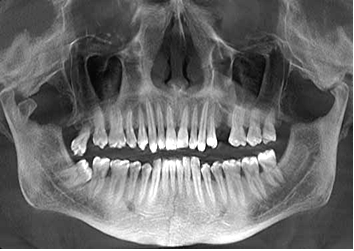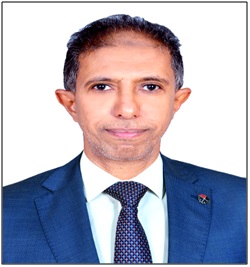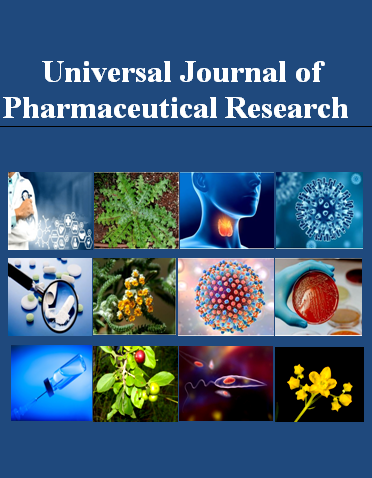EVALUATION OF NEUROSENSORY RECOVERY IN INFRAORBITAL AND INFERIOR ALVEOLAR NERVE IMPAIRMENTS AFTER MAXILLOFACIAL FRACTURES: A SYSTEMATIC REVIEW
Keywords:
Functional Sensory Recovery (FSR), Inferior Alveolar Nerve (IAN), Infraorbital Nerve (ION), maxillofacial fractures, neurosensory recoveryAbstract
Background and aims: FSR has a substantial impact on patients' quality of life, but it is yet unknown how age, gender, repair timing, and surgical methods affect this. Optimizing surgical methods and enhancing clinical results depend on closing this knowledge gap. By looking at these factors, this study aims to offer evidence-based recommendations to direct patient treatment and improve recuperation techniques. Assessing the results of sensory neurological recovery in individuals with impairments in the inferior alveolar nerve (IAN) and infraorbital nerve (ION) after mandibular and zygomatico-maxillary complex (ZMC) fractures was the goal of this investigation.
Methods: The PRISMA (Preferred Reporting Items for Systematic reviews and Meta-Analyses) criteria were followed in conducting a systematic review. Age, sex, time from damage to repair, and repair method were prognostic factors. All reviews, animal studies, research papers published before 2014, and those without full-text access were excluded. On February 25, 2025, electronic searches were conducted in the Cochrane Library, PubMed, and Scopus databases.
Results: The analysis included a comprehensive dataset of 3491 patients, with a mean age of 34.25 years. The primary causes of fractures were traffic accidents (58.65 %), falls (20.56%), and assaults (20.79%). Treatment methods included open reduction (72.70%), closed reduction (7.27%), and conservative treatment (20.03%). Recovery outcomes indicated an overall recovery rate of 73.23%, with a mean follow-up duration of 186.5 days. The results were equal in both sexes, with higher rates in open reduction and early inferior alveolar nerve (IAN) repair.
Conclusions: Recovery outcomes indicated a high recovery rate, equally observed in both sexes, with higher rates for open reduction and early inferior alveolar nerve repair. The study emphasizes the critical role of treatment modalities and timing in influencing neurosensory recovery and calls for the adoption of standardized treatment protocols and expanded follow-up care. To validate these results and enhance clinical guidelines, more excellent research is required.

Peer Review History:
Received 11 June 2025; Reviewed 14 July 2025; Accepted 19 August; Available online 15 September 2025
Academic Editor: Dr. Iman Muhammad Higazy , National Research Center, Egypt, imane.higazy@hotmail.com
, National Research Center, Egypt, imane.higazy@hotmail.com
Reviewers:
 Dr. Branislav Ranković, University of Kragujevac, Serbia, rankovic@kg.ac.rs
Dr. Branislav Ranković, University of Kragujevac, Serbia, rankovic@kg.ac.rs
 Dr. Cecilia Nwadiuto Amadi, University of Port Harcourt, Port Harcourt Rivers State, Nigeria, cnamadi@rocketmail.com
Dr. Cecilia Nwadiuto Amadi, University of Port Harcourt, Port Harcourt Rivers State, Nigeria, cnamadi@rocketmail.com
Downloads

Published
How to Cite
Issue
Section
Copyright (c) 2025 Universal Journal of Pharmaceutical Research

This work is licensed under a Creative Commons Attribution-NonCommercial 4.0 International License.









 .
.